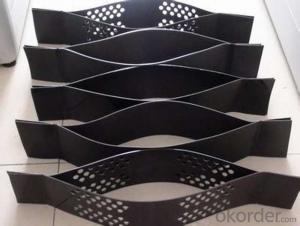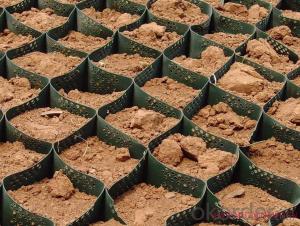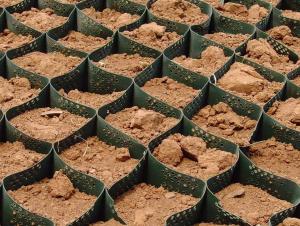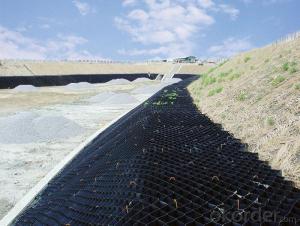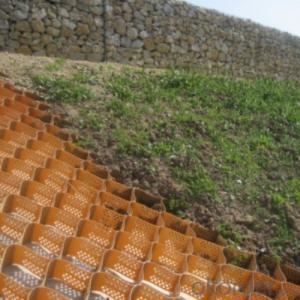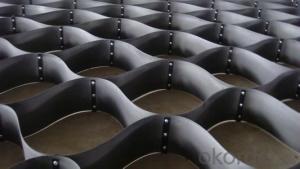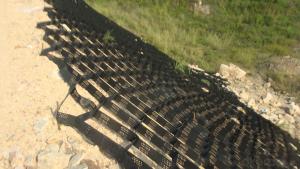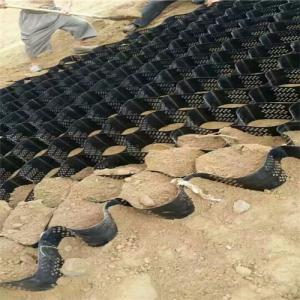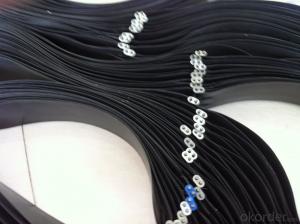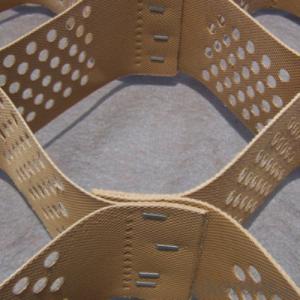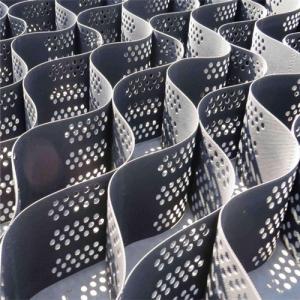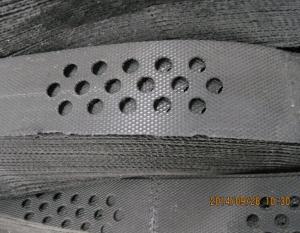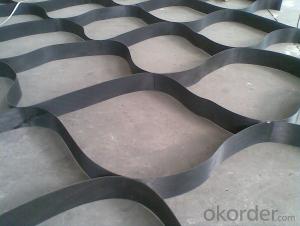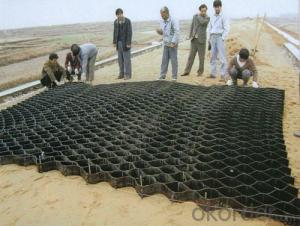All Categories
- - Steel Wire Rod
- - Steel Coils
- - Steel Profiles
- - Steel Pipes
- - Stainless Steel
- - Tinplate
- - Special Steel
- - Steel Sheets
- - Steel Rebars
- - Steel Strips
- - Hot Rolled Steel
- - Cold Rolled Steel
- - Pre-painted Steel
- - Seamless Steel Pipe
- - Welded Steel Pipe
- - Hollow Steel Tubes
- - Galvanized Pipe
- - Stainless Steel Coil
- - Stainless Steel Sheet
- - Stainless Steel Plate
- - Stainless Steel Strips
- - Electrolytic Tinplate Coil
- - Electrolytic Tinplate Sheet
- - Stainless Steel Rebars
- - Solar Panels
- - Solar Water Heater
- - Solar Related Products
- - Solar Inverter
- - Solar Cells
- - Solar Light
- - Solar Energy Systems
- - Solar Controllers
- - Solar Mounting System
- - Solar Pump
- - Solar Chargers
- - Fiberglass Chopped Strand
- - Fiberglass Mesh Cloth
- - Composite Pipes
- - FRP Pultrusion Profiles
- - Fiberglass Mat Tissue
- - Fiberglass Fabrics
- - Fiberglass Mesh
- - Composite Tank
- - Fiberglass Mesh tape
- - Polymer
- - FRP Roofing Panel
- - Fiberglass Roving
- - Monolithic Refractories
- - Ceramic Fiber Products
- - Refractory Bricks
- - Raw Materials For Refractory
- - Suspended Platform
- - Cranes
- - Concrete Machinery
- - Earthmoving Machinery
- - Building Hoist
- - Road Building Machinery
- - Plastic Pipe Fittings
- - Plastic Tubes
- - Plastic Sheets
- - Agricultural Plastic Products
- - Plastic Nets
 All Categories
All Categories
Q & A
Can geocells be used for bridge abutment stabilization?
Yes, geocells can be used for bridge abutment stabilization. Geocells are often used in civil engineering projects to reinforce and stabilize soil, including bridge abutments. They provide a stable base, prevent soil erosion, and enhance load distribution, making them an effective solution for bridge abutment stabilization.
Are geocells suitable for use in seawall construction?
Yes, geocells are suitable for use in seawall construction. Geocells are three-dimensional cellular confinement systems that can provide stability and erosion control in coastal areas. They are made from high-density polyethylene (HDPE) material which is resistant to saltwater and can withstand the harsh conditions of seawater. Geocells can be filled with various materials such as soil, gravel, or concrete, providing a strong and stable structure for seawall construction. Additionally, geocells offer flexibility, easy installation, and can adapt to changing coastal conditions, making them a suitable choice for seawall construction projects.
Can geocells be used in land reclamation projects?
Yes, geocells can be used in land reclamation projects. Geocells are cellular confinement systems made from high-density polyethylene (HDPE) materials. They provide structural stability and erosion control in various applications, including land reclamation. By confining soil or other fill materials within the cells, geocells enhance load bearing capacity, prevent soil erosion, and promote vegetation growth. They are a cost-effective and environmentally friendly solution for reclaiming land in coastal areas, wetlands, or other degraded terrains.
What are the different types of geocells available?
There are several different types of geocells available, including high-density polyethylene (HDPE) geocells, polypropylene (PP) geocells, and geocells made from other materials such as polyester. HDPE geocells are commonly used due to their high strength and durability, while PP geocells are known for their flexibility and resistance to chemical degradation. Each type of geocell has its own unique properties and is suitable for specific applications in soil stabilization, erosion control, and slope protection.
What is the difference between geocells and geogrids?
Geocells and geogrids are both geosynthetic materials used in civil engineering and earthworks. However, the main difference lies in their structure and application. Geocells are three-dimensional honeycomb-like structures made from high-density polyethylene (HDPE) or other materials, used to provide stability and confinement for soil or aggregate fill. They are primarily used for erosion control, slope protection, and load support.
On the other hand, geogrids are two-dimensional grid-like structures made from various materials such as polyester, polypropylene, or fiberglass. They are used to reinforce soils by providing tensile strength and improving load distribution. Geogrids are commonly used in applications like retaining walls, road construction, and soil stabilization.
In summary, geocells focus on confinement and load distribution, while geogrids primarily focus on reinforcement and tensile strength.
Wholesale Geocells from supplier in Hungary
We are a Geocells supplier serving the Hungary, mainly engaged in the sale, quotation, and technical support services of various Geocells products in the Hungary region. We are a subsidiary platform of the Fortune Global 500 company CNBM, able to provide you with one-stop Geocells procurement services in the Hungary. Not only do we have a wide range of Geocells products, but after years of market development in the Hungary, we can also provide valuable experience for your projects.

